A new museum has just been opened in Isère, in the village of Vif, about 20 kilometers south of Grenoble. Installed in the family home of the famous Egyptologist, the Champollion Museum pays tribute to Jean-François Champollion, the first researcher to have succeeded in deciphering hieroglyphs, but also to his brother Jacques-Joseph, to whom he was very close. Visit this young museum.
Summary
A Champollion museum in Vif?
The Champollion brothers, Jean-François (1790-1832) and Jacques-Joseph (1778-1867), were both born in the Lot region, in Figeac. When he became an adult, the older brother moved to Grenoble for work and in 1807 married Zoé Berriat, the daughter of a prominent citizen of the city and sister of a future mayor of Grenoble.
The Berriat family owned an estate in the countryside, in Vif, near Grenoble, where the couple spent a lot of time. Jacques-Joseph Champollion regularly invited his brother Jean-François who stayed there many times until 1826. In the calm of this property, the young Egyptologist devoted many hours to the study of Egyptian civilization.
At the death of the Champollions, the estate of Vif was transmitted in direct line. For five generations, the descendants, aware of the importance of their heritage, preserved the buildings as well as the historical documents they contained.
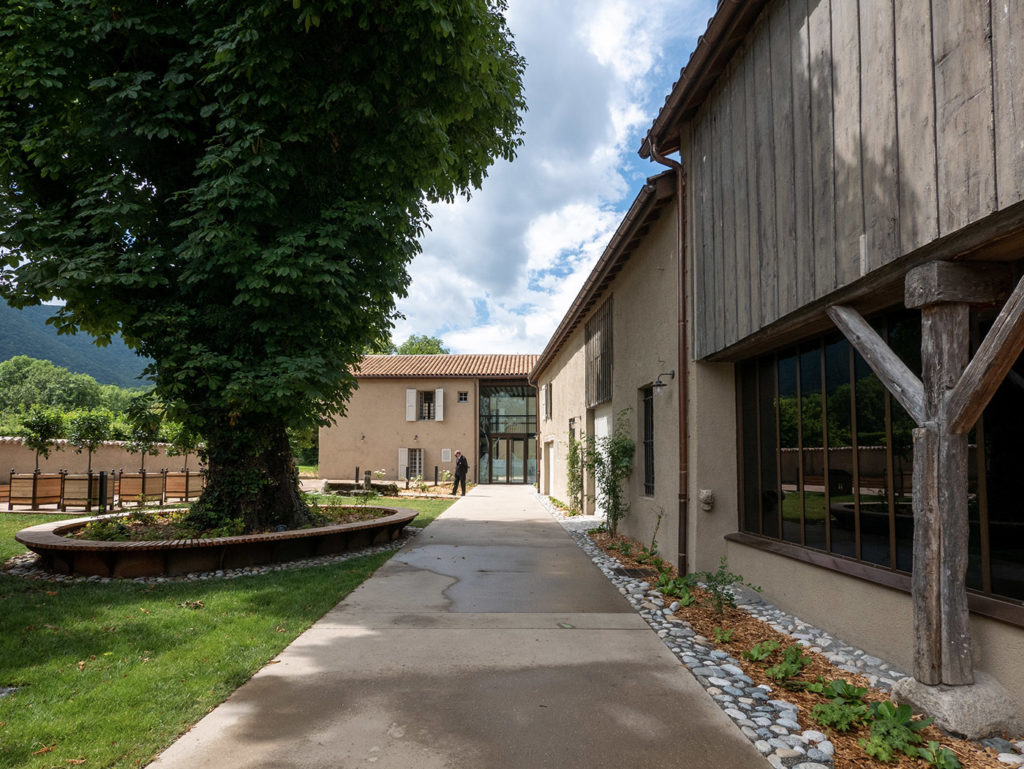
In 2001, the heirs sold the house and their archival documents to the department of Isère, which very soon wanted to turn it into a museum. After several years of restoration and fitting out to transform the house into a museum, the Champollion Museum was born. Since June 5, it has welcomed the public free of charge to learn more about the life of Champollion and the beginnings of Egyptology in the intimate setting of a family home.

In this house, which preserves the personal objects of the two brothers as well as elements of the furniture they used, the Champollion Museum is an invitation to discover the family’s living environment.
The youth of Jean-François Champollion
Today, the Champollion Museum invites us to travel to the 19th century. It presents the history of the famous Egyptologist. We discover in particular that Jean-François Champollion had a passion for languages from an early age: when he was only ten years old, he learned Latin and Hebrew. He also took drawing classes, which were particularly useful for learning Egyptology.
Very early on, the Champollion brothers became fascinated with Egypt, particularly thanks to the Egyptian campaign led by Napoleon between 1798 and 1801 when Jean-François was still a child. Although the campaign ended in military defeat, it was nevertheless rich in scientific discoveries: nearly one hundred and fifty researchers accompanied Bonaparte’s troops and published numerous works on their return. It was also in 1799 that artillery captain Bouchard discovered the Rosetta Stone, a stele presenting a decree issued in 196 BC under Ptolemy V, written in Greek, Demotic and Hieroglyphics. This stone, sent to the British Museum as a prize of war, was the subject of numerous copies that quickly circulated throughout the world and were of capital importance in deciphering the hieroglyphs, since most of the translated texts had disappeared in the fire of the Alexandria library.
The birth of a great Egyptologist
The Champollion Museum explains how Jean-François Champollion went about deciphering the hieroglyphs. It took him almost fifteen years from the beginning of his study of languages to the end of his research work!
From the moment he succeeded in reading ancient Egyptian, Champollion deciphered a great mass of texts and studied a civilisation that was only beginning to reveal its secrets. It is difficult to realize nowadays, but at the time, this discovery marked a real revolution in the perception of human history: Egypt became a new mother civilization even older than the Greek and Roman civilizations!
Thanks to his discovery, Champollion was considered the father of Egyptology: he was appointed the first curator of the Egyptian antiquities department of the Louvre Museum, which accompanied the opening of the Champollion Museum with a deposit of more than 80 works that enriched the exhibition.
It was only later, at the age of 37, that he went to Egypt for the first time.
“I arrived (…) in this land of Egypt, after which I had long sighed. I kissed the Egyptian soil when I touched it for the first time, after having longed for it.”
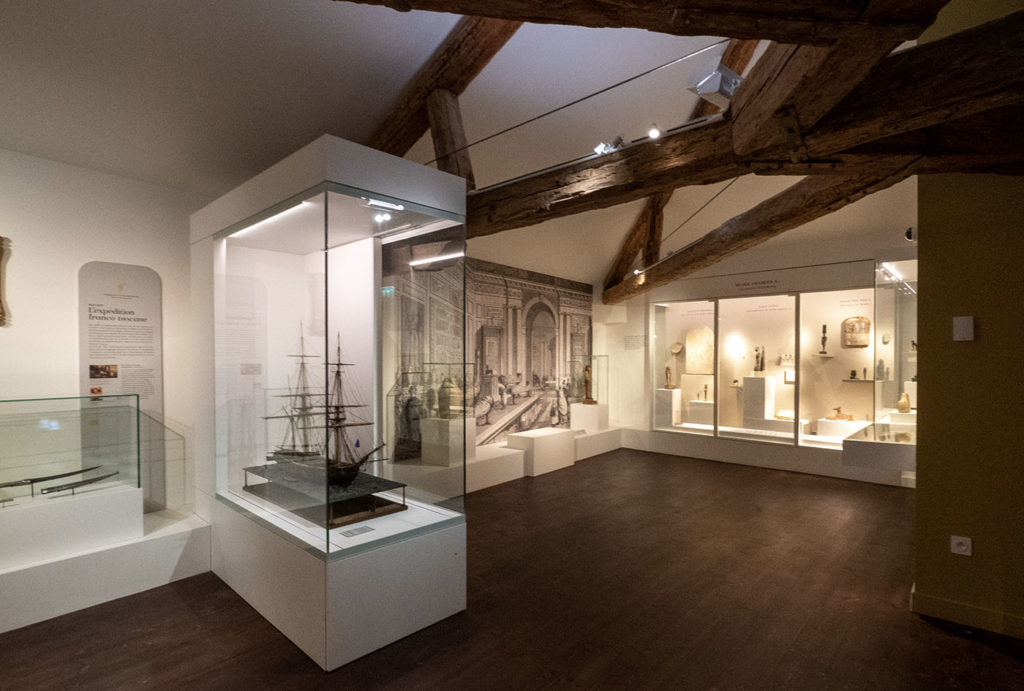
A very strong relationship with his brother
Jean-François Champollion died at the age of 41, probably of an illness contracted in Egypt, at the height of his fame. He had just been elected to the Académie des inscriptions et belles lettres and had been awarded the chair of Egyptian Antiquity at the Collège de France.
After his death, it was his brother, to whom he was very close, who was to publish the records of his expedition.
“I am you. My heart assures me that we will never be two people. Cursed be the day that would bring this distinction!” – Jean-François to Jacques-Joseph, October 1818
Temporary exhibitions and a vast park
In addition to the permanent exhibition, the Champollion Museum also offers temporary exhibitions related to Egypt. The inaugural exhibition, to be seen until 21 November 2021, is devoted to the work of Jean-Claude Golvin, architect and archaeologist, the world’s leading specialist in the visual reconstruction of the great sites of Antiquity.
A 2.5 hectare park surrounds the Champollion house and is freely accessible, allowing visitors to contemplate the house in its natural setting of the Vercors massif.
Visit the Champollion museum
Location:
Champollion museum
45, rue Champollion
38450 Vif – France
Opening hours:
Every day except Monday
From 10am to 12.30pm and from 1.30pm to 5pm
Until 6pm from April to October
Website:
https://musees.isere.fr/musee/musee-champollion-2021
Admission:
Free of charge, reservation required
Article produced in collaboration with the Isère department

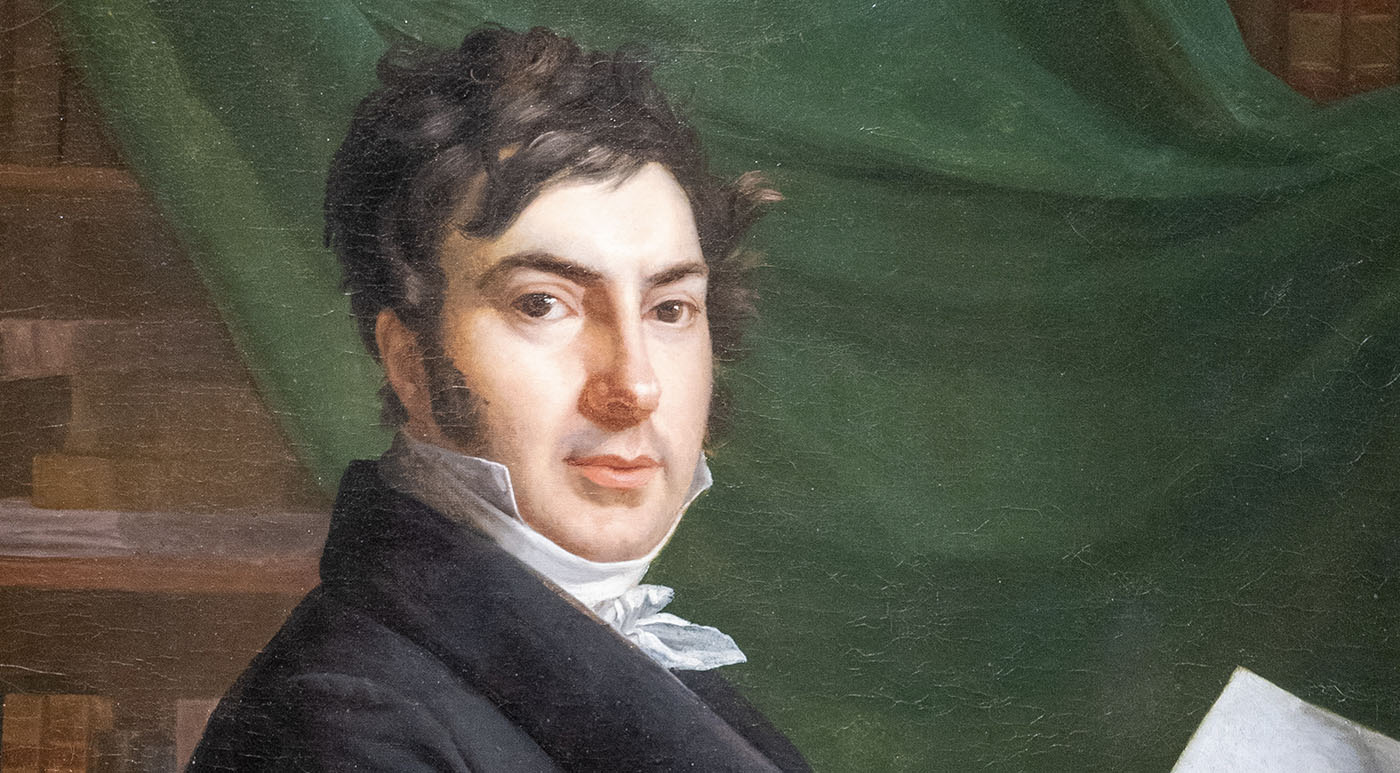

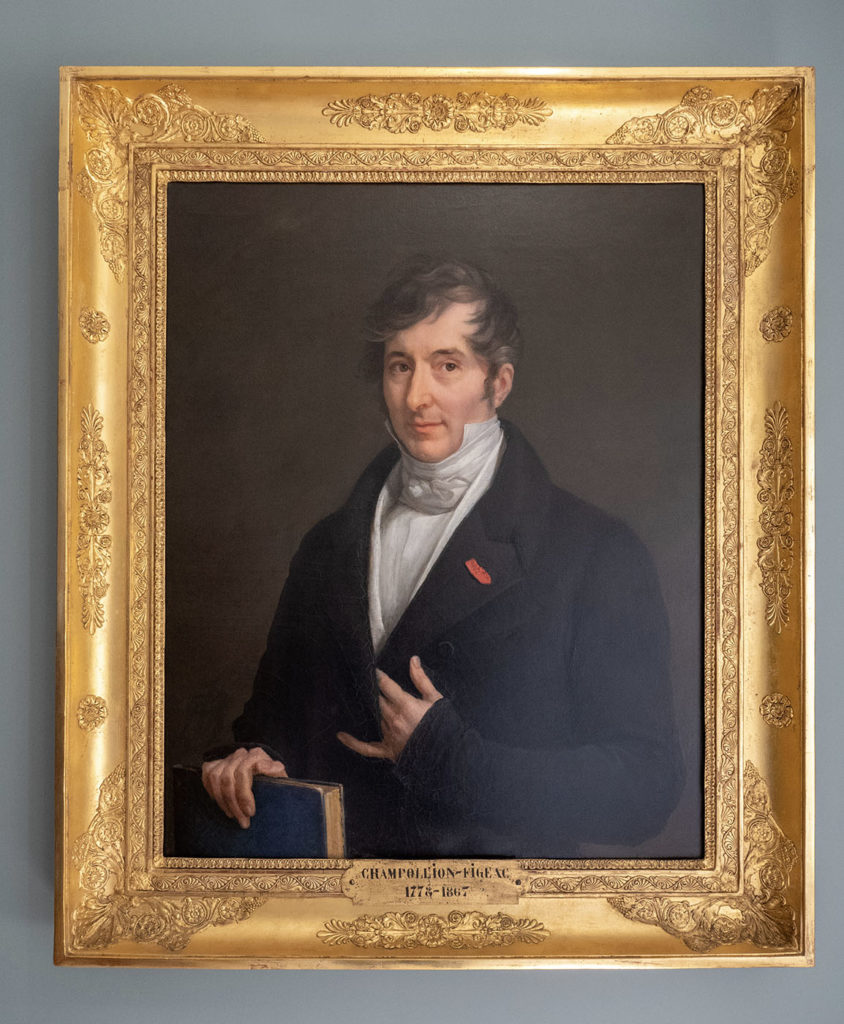
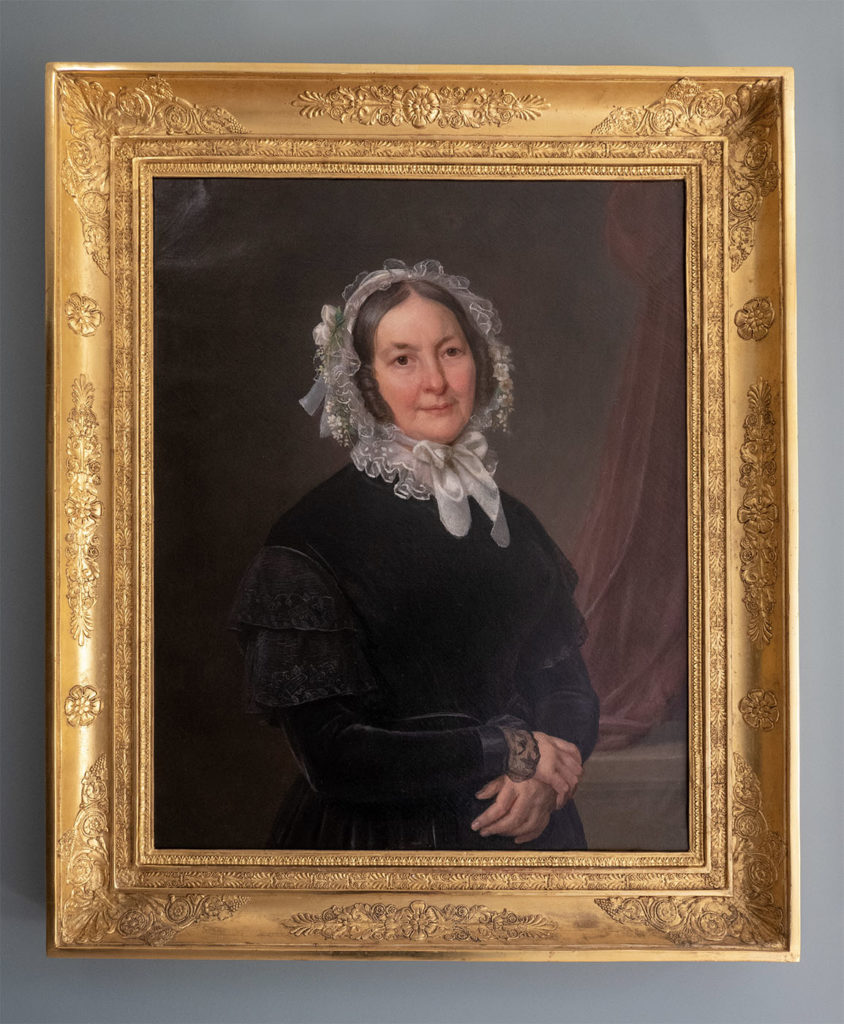
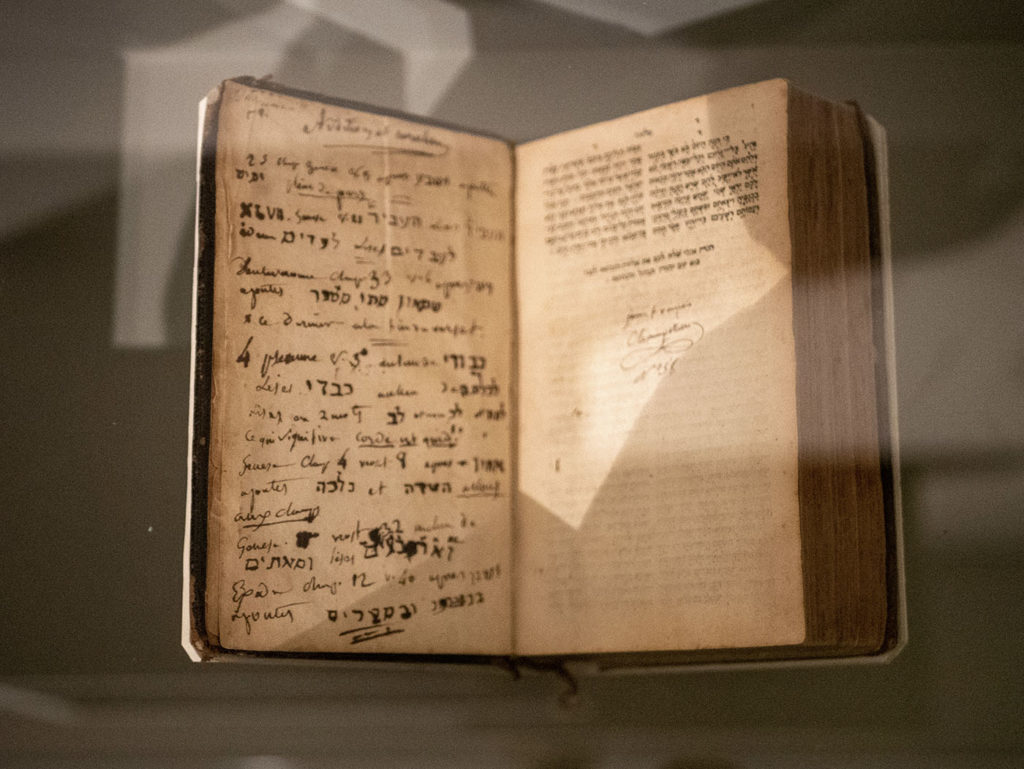
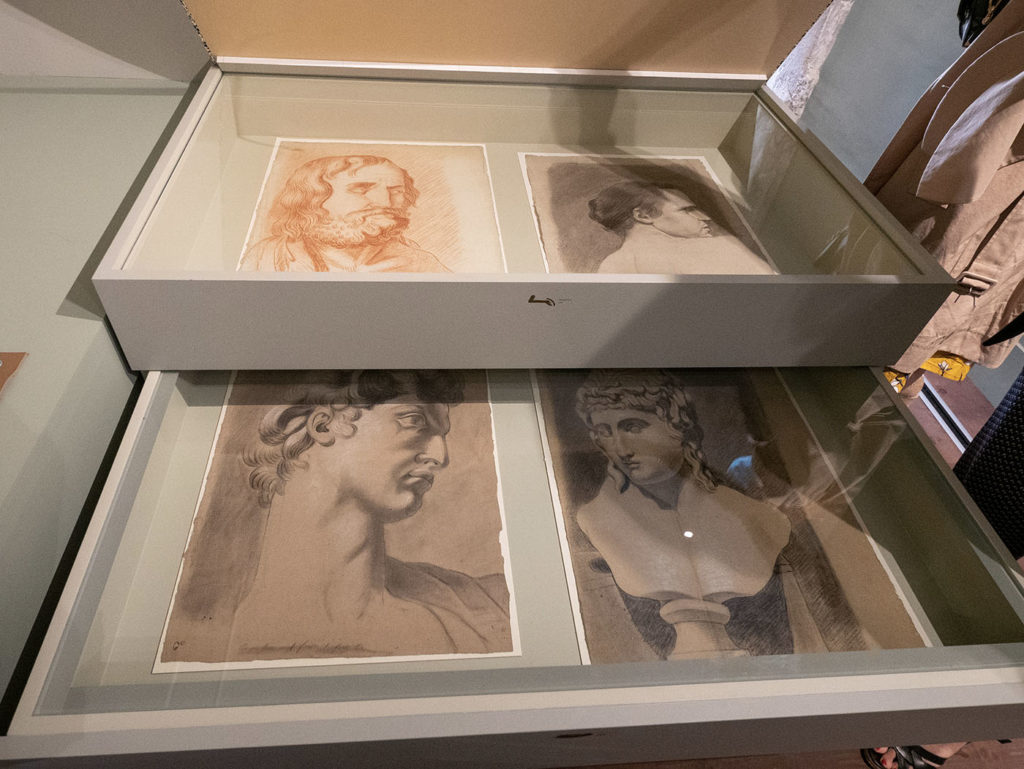
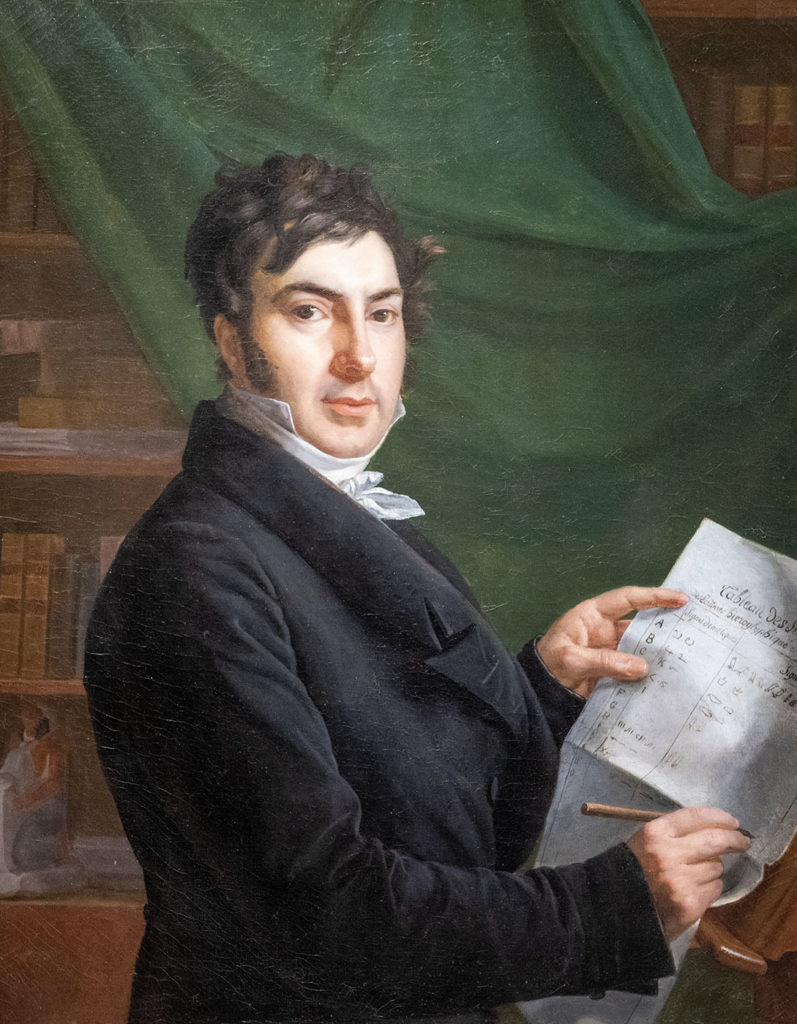
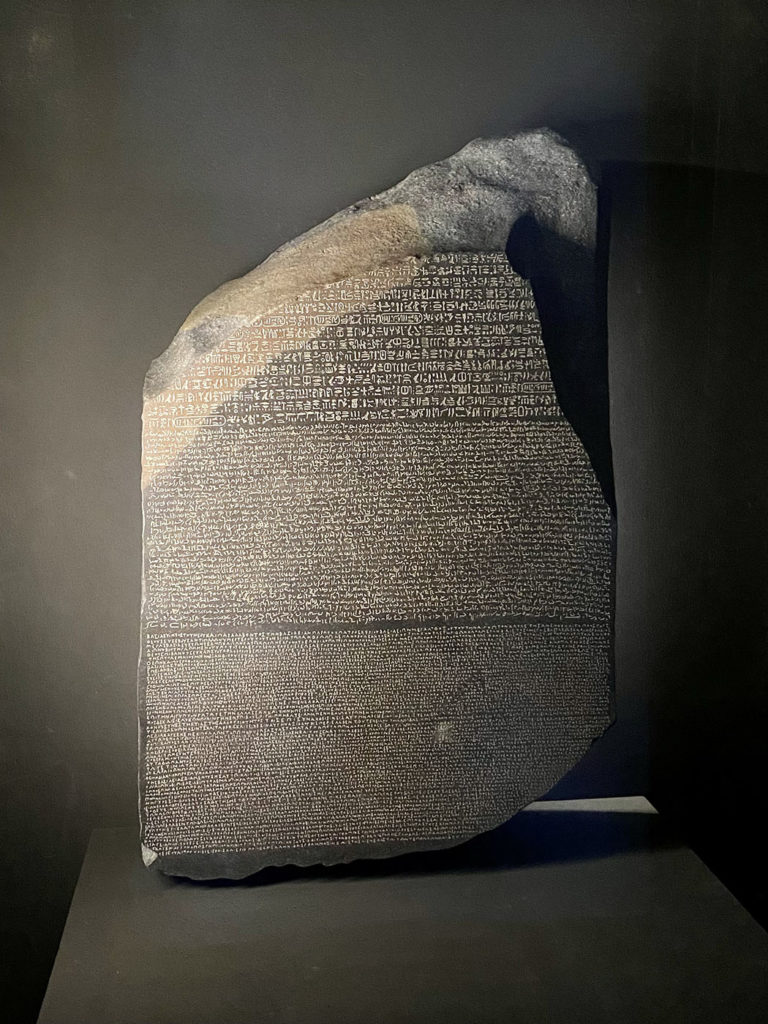

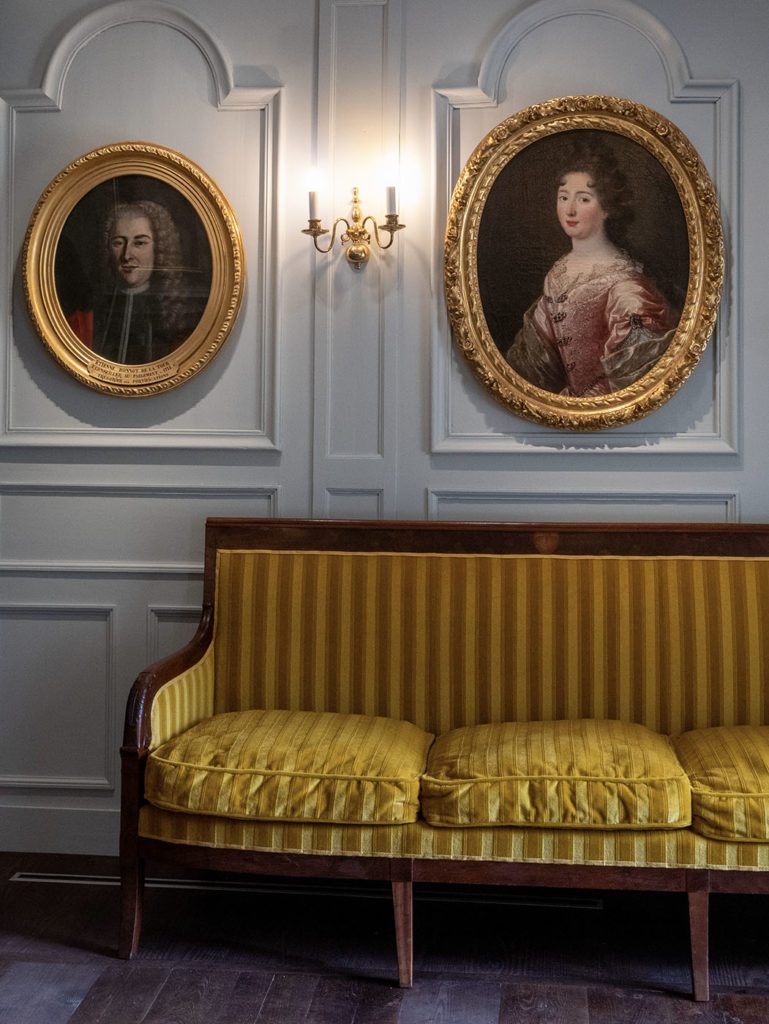
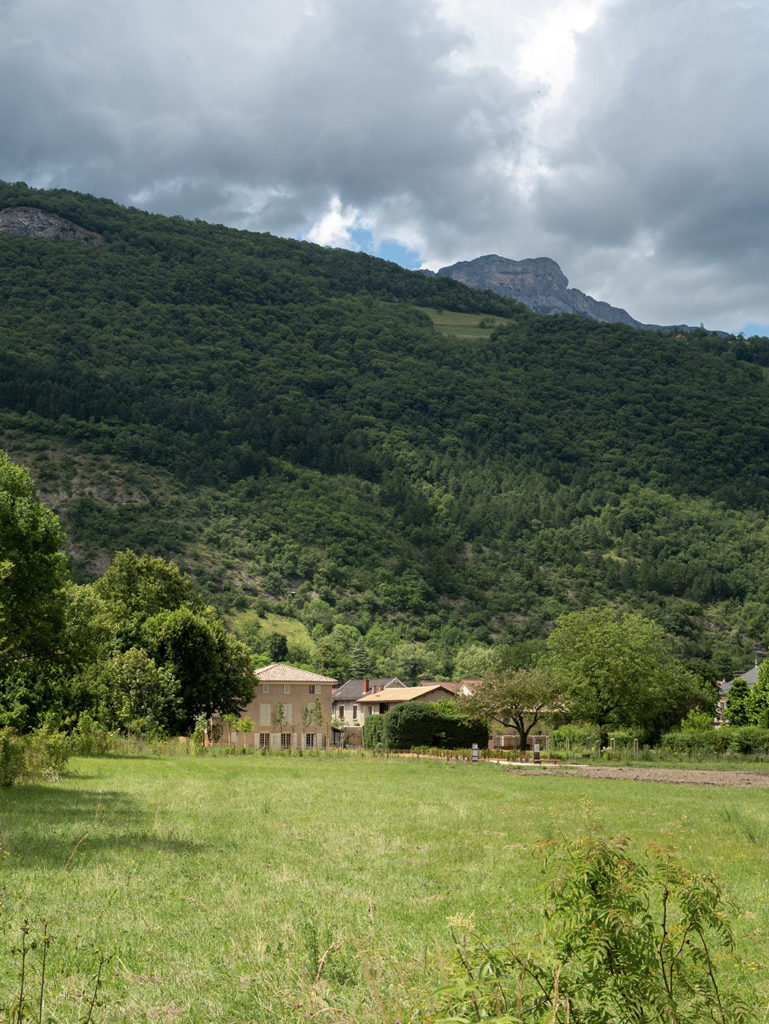
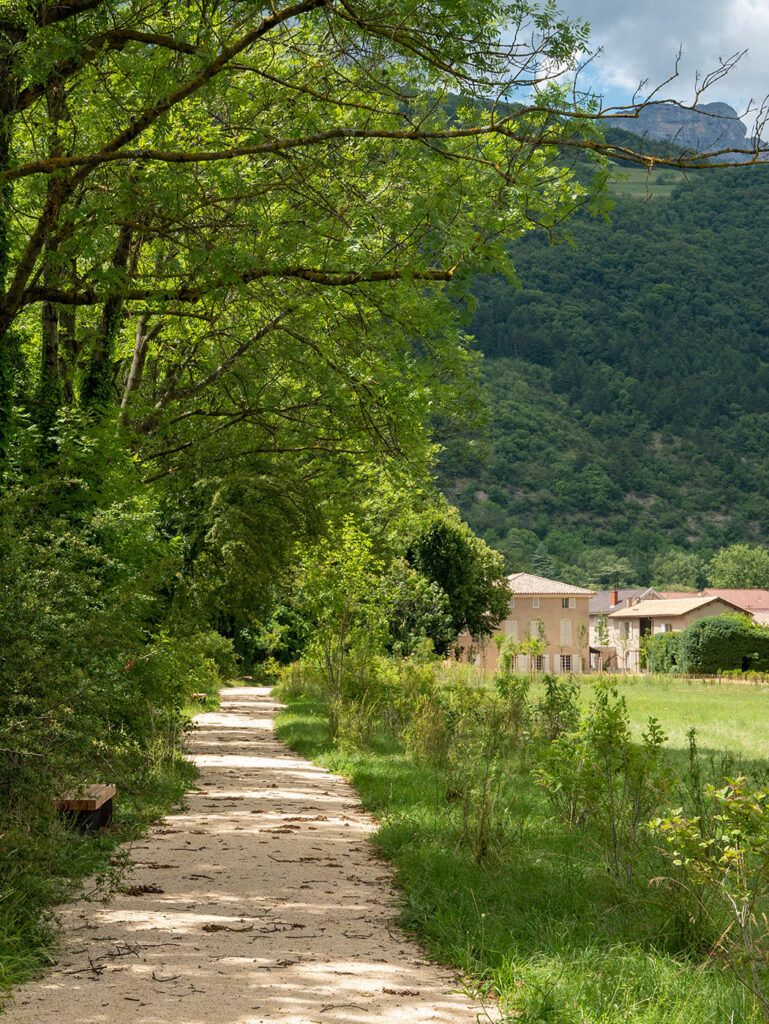


No Comments
Leave a comment Cancel